Does Smoking in Your Home Affect Its Resale Value?
Here’s What Calgary Sellers Need to Know
Let’s be real—smoke sticks.
If you're planning to sell your home in Calgary and you’ve smoked indoors (or inherited a home that smells like a 90s bar), you’re probably wondering: Will this affect my resale value?
Short answer: Absolutely. And it can cost you big time.
This isn’t just about aesthetics or smell—smoking indoors can knock tens of thousands off your sale price and scare off a huge chunk of your buyer pool. So, let’s break down why smoke is such a deal killer in real estate, and more importantly, what you can do about it.
Use our quick navigation guide below to jump to any point of our blog on The Hidden Costs of Smoking In Your Home: 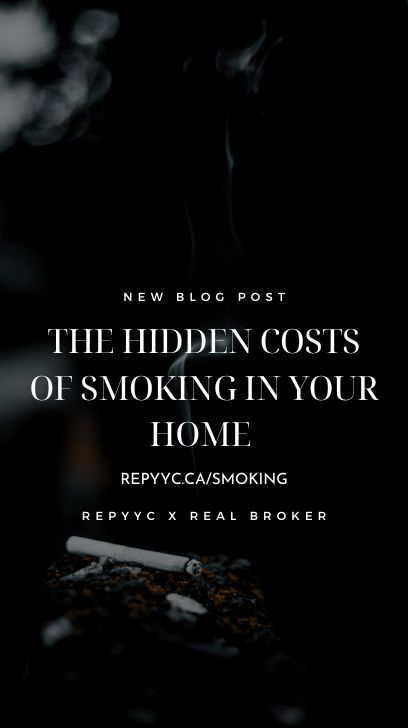
- The Hidden Cost of Indoor Smoking in Real Estate
- How Smoking Tanks Home Value
- The Science of Smoke: What’s Really Happening Inside Your Home
- What It Takes to Fix a Smoked-In Property
- Real Talk: When the Discount Isn’t Worth It
- Selling? How to Make Your Home Smoke-Free
- Can You Undo the Damage?
- Affecting More Than Your Health
- Beyond Smoking & Home Value, Smokers Should Also Know About Radon
The Hidden Cost of Indoor Smoking in Real Estate
I’ve worked with sellers and investors who didn’t fully grasp the financial hit until it was too late.
One investor client picked up a smoked-in property for about 5% under market value—roughly a $20,000 discount.
Sounds like a win, right?
But after repainting, replacing carpets, running ozone treatments, and still smelling a faint trace of smoke… the "deal" ended up breaking even. That’s not even counting holding costs and time lost on market.
The truth? Smoking indoors can slash your property’s value, limit your buyer pool, and turn a quick sale into a major project.
How Smoking Tanks Home Value
1. That Lingering Odour
Smoke clings to everything—walls, ceilings, HVAC systems. For buyers, especially families or non-smokers, that smell is a hard no.
Reality Check: Homes with a history of smoking can sell for up to 29% less than similar smoke-free properties.
2. Visual Damage
Nicotine stains on walls and ceilings are a red flag that the home has seen long-term smoking. These yellow or brown discolorations aren’t just cosmetic—they’re a visual signal that smoke has penetrated the surfaces of the home. Buyers see these signs and immediately start to question what lies beneath: Are the HVAC systems contaminated? Has the insulation absorbed smoke? Will the smell ever fully go away? Yellowed light fixtures, greasy film on windows, and dingy curtains all reinforce the impression of poor air quality and a major cleanup ahead. It sends a strong message that this home hasn’t been well cared for, even if the structure is sound.
3. Health Concerns
Thirdhand smoke—yes, it’s a thing—sticks around in carpets, vents, and drywall. For families with kids or anyone with health sensitivities, it's a serious deterrent. Unlike secondhand smoke, which is inhaled directly, thirdhand smoke is the toxic residue left behind that builds up on surfaces over time. It doesn't just smell bad; it contains carcinogens and other harmful compounds that can re-emit into the air or react with other indoor pollutants. For families with young children, who spend more time on floors and put objects in their mouths, or for anyone with respiratory issues like asthma, allergies, or COPD, this residue can be a serious health hazard. Many buyers won’t even consider a home with a history of smoking for this reason alone.
4. Fewer Interested Buyers
Simply put, not everyone wants a smoked-in home. The moment a buyer smells smoke or sees signs of it, many will walk away without a second thought. This shrinks your buyer pool considerably. With fewer interested buyers, you lose the power of competition—there are no bidding wars, fewer showings, and often longer days on market. The offers that do come in are typically lowball, as buyers factor in the cost and hassle of remediation. In some cases, a smoked-in home might only appeal to investors or renovators who are expecting a steep discount. Either way, you're leaving money on the table.
The Science of Smoke: What’s Really Happening Inside Your Home
Here’s the part most homeowners don’t realize: when you smoke indoors, you’re not just releasing odour or bad smell that you can clean and eliminate—you’re coating your entire house in sticky, chemical-laced residue.
Every puff of cigarette smoke releases a mix of gases and tiny particles, including tar and nicotine. These particles are sticky by nature—they cling to everything they touch, especially:
-
Walls and ceilings (even through multiple layers of paint)
-
HVAC systems and ductwork
-
Window coverings and soft furniture
-
Light fixtures, blinds, even outlets
- Carpet
That sticky film is what we call thirdhand smoke—the invisible (and sometimes visible) grime left behind after the smoke disappears. And guess what? It doesn’t just smell bad—it’s also packed with carcinogens that can react with indoor air over time.
Once it seeps into drywall, carpet backing, or insulation, it’s not coming out with just a surface clean. That’s why deodorizing isn’t enough—you’re often dealing with deep, embedded contamination that only paint, replacement, or chemical treatment can address.
Pro Tip: If you walk into a home that smells faintly of smoke even after renovations, chances are the smoke made it deeper than anyone realized.
Watch Marek Jurkovic Discuss The Hidden Costs of Smoking in Your Home
What It Takes to Fix a Smoked-In Property
If you're prepping a smoked-in home for sale or thinking of buying one as an investment, here’s what you’re potentially signing up for:
Repainting (The Minimum)
Repainting with an odour-sealing primer is usually step one. And yes, that includes ceilings—especially popcorn ceilings, which are odour sponges.
Carpet Replacement
Carpet is one of the worst offenders for holding onto smoke. Swapping it out is usually non-negotiable.
Ozone Treatment
This high-tech deodorizing method helps kill lingering odours, but it works best in vacant homes and takes a few days.
Replacing Drywall
This is your last resort—and the most expensive. If smoke has soaked in deep, drywall and insulation may need replacing. That alone can blow up your budget.
Real Talk: When the Discount Isn’t Worth It
Let’s revisit that investor deal:
-
$20,000 off purchase price
-
$5,000 for paint and flooring
-
$3,000 ozone treatment
-
$12,000–$15,000 for drywall
That discount disappears fast. And we’re not even factoring in time, market delays, or lower resale offers.
Selling? How to Make Your Home Smoke-Free
If you're serious about increasing your home's value—or just making it a healthier place to live—the first and most important step is to stop all smoking and vaping inside the property.
According to Health Canada, tobacco smoke contains over 7,000 chemicals. Many of these are toxic, and more than 70 are known to cause cancer. Even if you’ve already stopped smoking indoors, these chemicals don’t just vanish—they linger in your carpets, walls, vents, furniture, and insulation. That’s what buyers pick up on. It’s not just a smell—it’s a signal that the home might need serious remediation.
Making your home smoke-free goes far beyond cracking open a window or running an air purifier. It’s about fully removing the source, cleaning the buildup, and creating a zero-tolerance indoor smoking policy moving forward.
Here’s how to get started:
-
Go smoke-free today: Set a clear no-smoking policy for anyone living in or visiting your home. This includes cigarettes, cigars, cannabis, and vaping.
-
Remove smoking-related items: Ashtrays, lighters, or any “smoking corner” should go. These are visual cues that suggest indoor smoking is still allowed.
-
Deep-clean the home: Wash walls, ceilings, and hard surfaces with appropriate cleaning agents. Replace or professionally clean carpets and drapes. If necessary, repaint using an odour-blocking primer.
-
Ventilation isn’t enough: While airing out a home can help reduce surface-level smell, it won’t eliminate thirdhand smoke. You need to address the contaminated materials directly.
-
Clean air systems: Have your HVAC system and ducts professionally cleaned. Smoke and residue often settle in the ductwork and circulate throughout the house.
-
Set up exterior smoking areas (if needed): If you’re not ready to quit altogether, designate an outdoor smoking area that’s well away from windows, doors, and vents.
Not only does a smoke-free home promote healthier living, but it’s also easier to market—and more attractive to buyers. You’re not just removing a health hazard; you’re showing future buyers that the home has been well-maintained and respected. Long term smoking fix, read on.
Can You Undo the Damage?
Yes, but it depends on how much smoking happened and for how long. Light smoke exposure? You might get away with cosmetic fixes. Long-term daily smoking? You’re likely looking at full remediation.
Here’s what that could include:
-
Air duct cleaning
-
Carpet and curtain removal
-
Repainting with odour-blocking primer
-
Ozone or thermal fog treatments
-
Possibly drywall and insulation replacement
Affecting More Than Your Health
Indoor smoking doesn’t just affect your health—it hits your wallet hard when it’s time to sell. Whether you're a homeowner looking to sell or an investor eyeing a smoked-in flip, knowing what you’re getting into can save you a lot of money and headaches.
Beyond Smoking & Home Value, Smokers Should Also Know About Radon
One last thing—if you're a smoker (or selling to one), radon gas needs to be on your radar. It's an odourless, naturally occurring radioactive gas found in many Calgary homes, and combined with smoking, it significantly increases lung cancer risk.
If you want a deep dive, I’ve covered that here:

What Buyers Really Smell When They Walk In
Selling a home is all about first impressions—and smell is one of the most powerful. I’ve walked into homes where one whiff told the entire story. A great paint job can’t hide smoke residue, and buyers pick up on that instantly. The good news? With the right cleanup and marketing plan, you can flip the narrative from “smoked-in” to “smoke-free and refreshed.”
If you’re prepping a home that’s seen its share of smoke—or buying one that needs a fresh start—let’s talk. I’ll walk you through what to fix, who can help you fix, and what will actually move the needle on resale value.
Dusko Sremac – Calgary & Area REALTOR® | Team Lead, REPYYC
Cell: 403-988-0033 | Email: dusko@repyyc.com

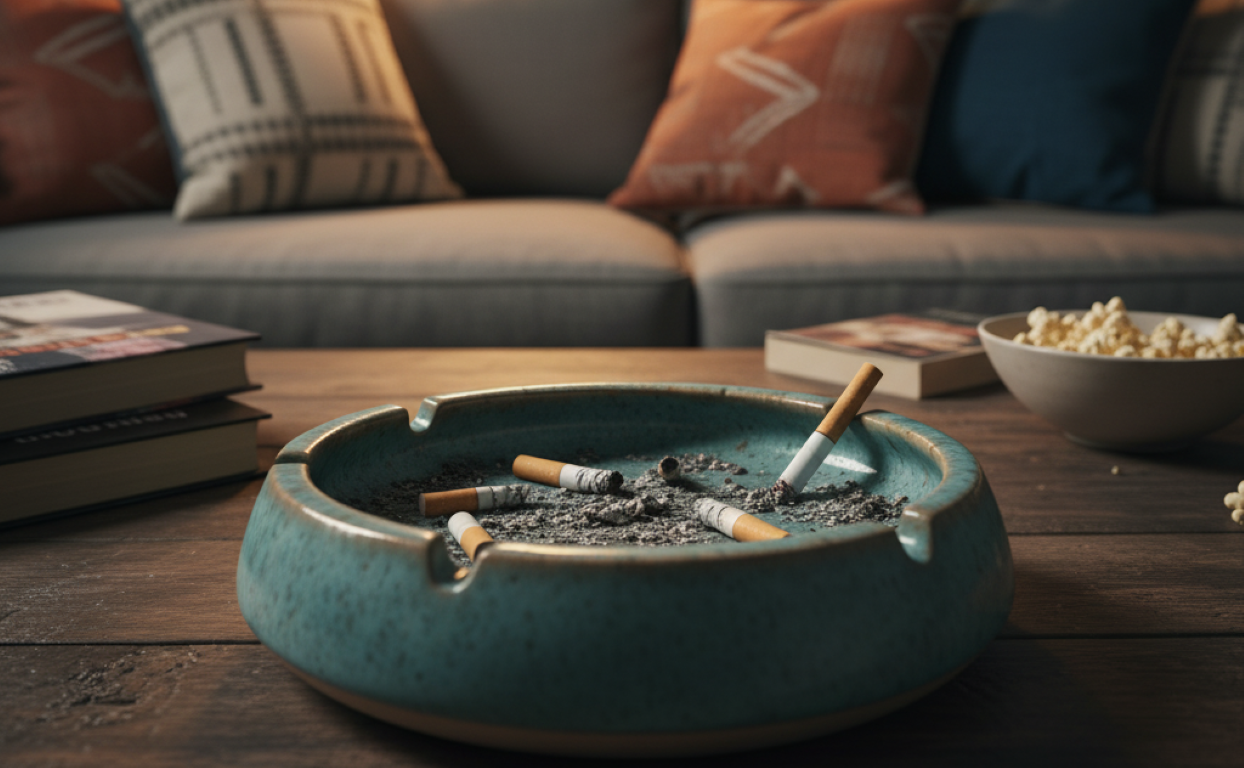
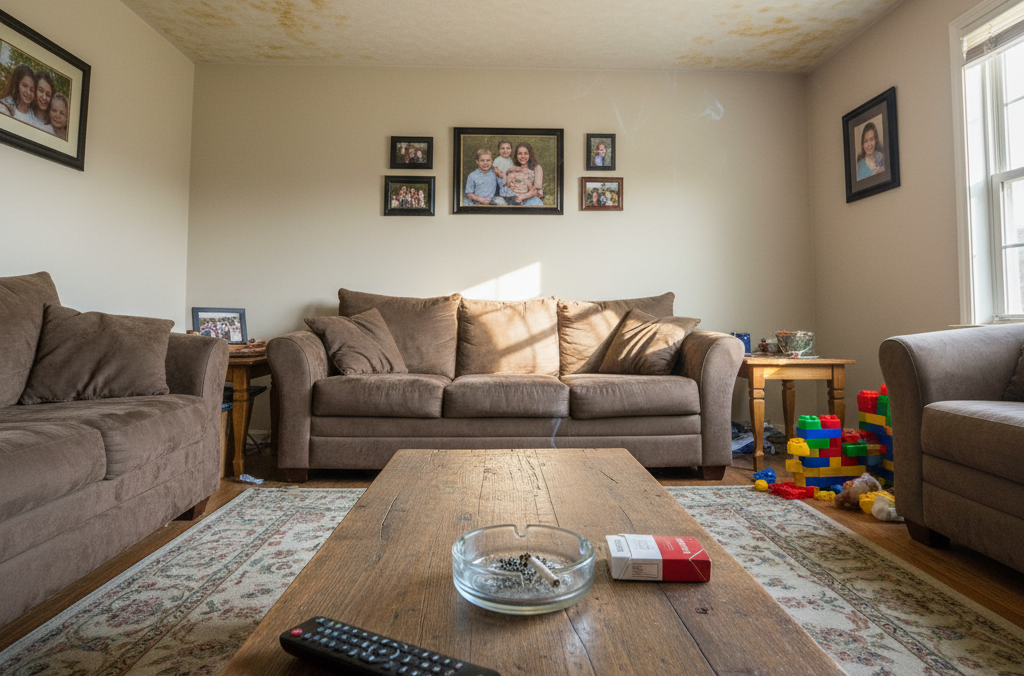
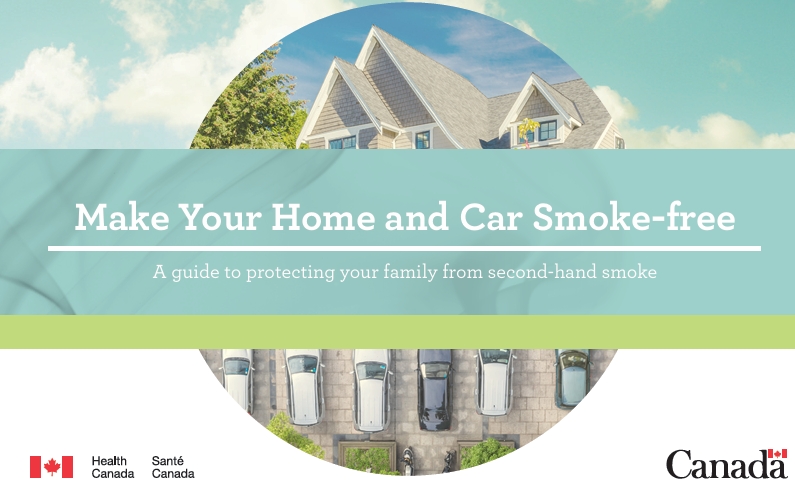
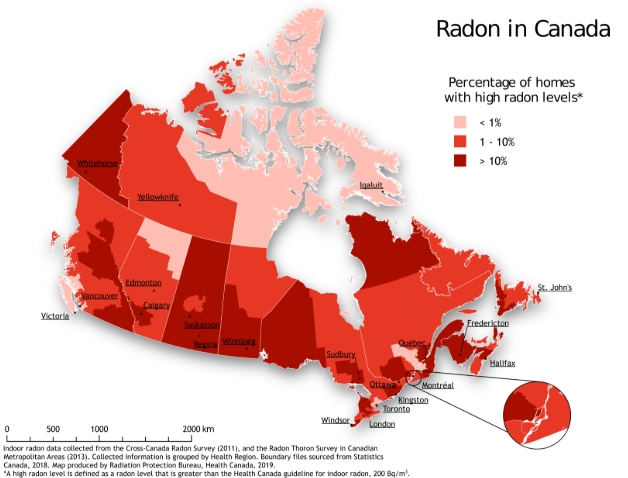
Leave A Comment